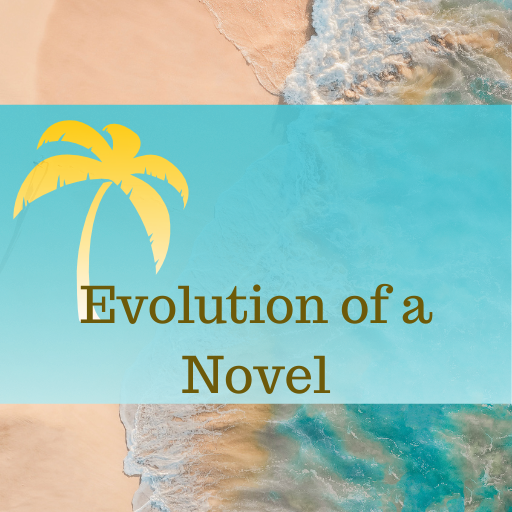Try a common plot structure
If you’re struggling with your story, one of the best ways to get started is to use a common (that is, frequently used) plot structure.
If you start writing with an idea of the kinds of story events that have to happen in your story, it is easier to focus on the other aspects of writing a good novel, such as creating a believable story world and writing engaging characters. One common story pattern in fiction is the quest:
- In a quest, the main character (often called the protagonist) seeks something, be it career success, a pot of gold, or someone to love.
- A quest story also needs a place for this quester to go, usually but not always a physical location (New York City, the end of the rainbow, a singles club).
- There is an overt, or obvious, explained, reason to go there (to get a job, dig up the pot of gold, chat up other singles).
- The quester encounters challenges on the way.
- And discovers the real reason to go there (this is inevitably self-knowledge, which is why quest stories are often about coming-of-age).
Huckleberry Finn is a quester; Dante (The Divine Comedy) is a quester; Charles Marlow (Conrad’s Heart of Darkness) is a quester.
A reader seeing a quester will expect the story to follow the pattern described above. Now, you can thwart the reader’s expectations (“Ha! You were expecting to go on a quest. Fooled you!”) but if you do, you must be deliberate about this.
A quester with no quest to go on might answer to the name Don Quixote, but this needs to be a conscious decision, not a failure of craft.
Here let me distinguish between the failure of pattern and the failure of craft. If you’re setting out to critique some aspect of culture, such as occurs in Don Quixote, then having Quixote tilt at windmills is a wonderful illumination of this critique.
The pattern has failed because that’s the whole point of the story: there are no more quests to go on. We have to be delusional in order to go on a quest. This is different from failing to understand what a quest story is, which would be a failure in craft.
If you’re seeing a connection between “pattern” and “archetype” (a universal representation of human behavior), you’re right! Most stories have a myth-based original with which they intersect. (Remember, literature comes from other literature.)
Join the Club!
New to story editing? Begin at the beginning.





